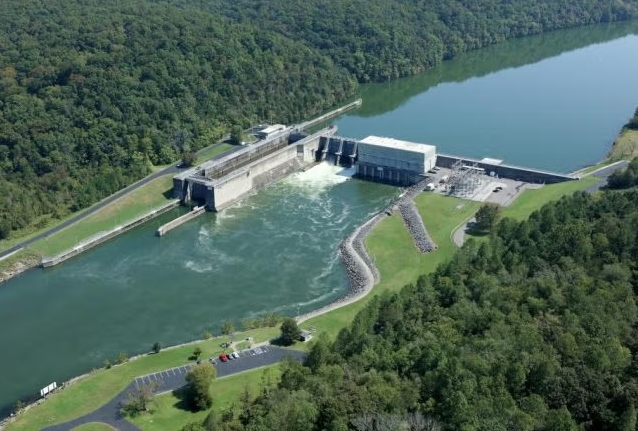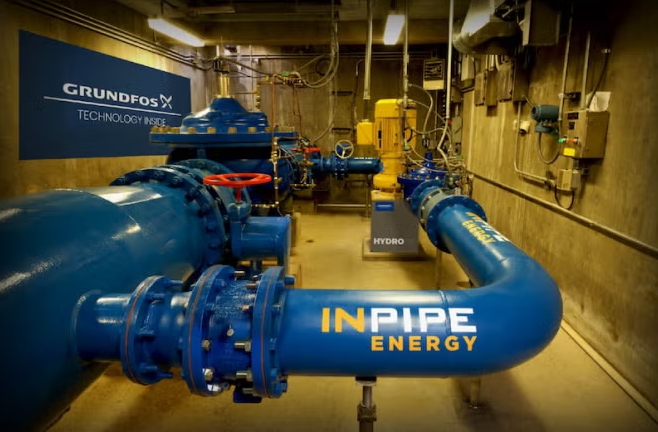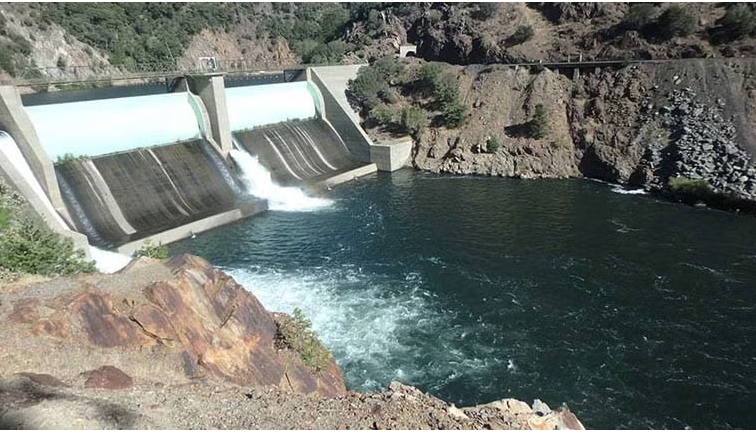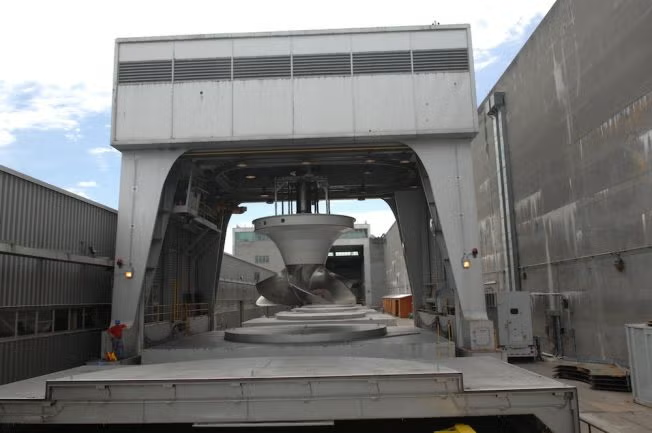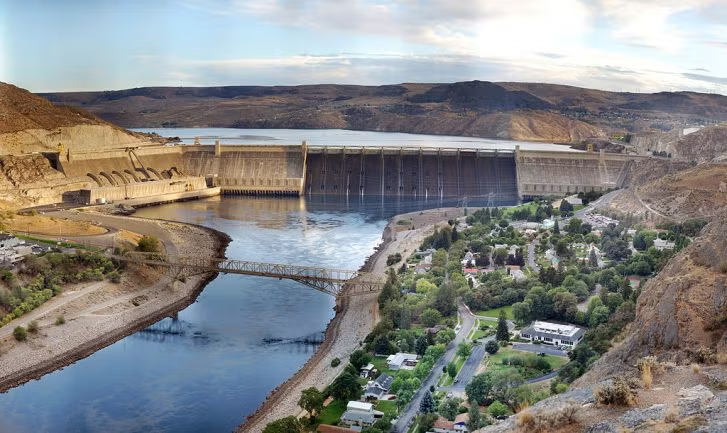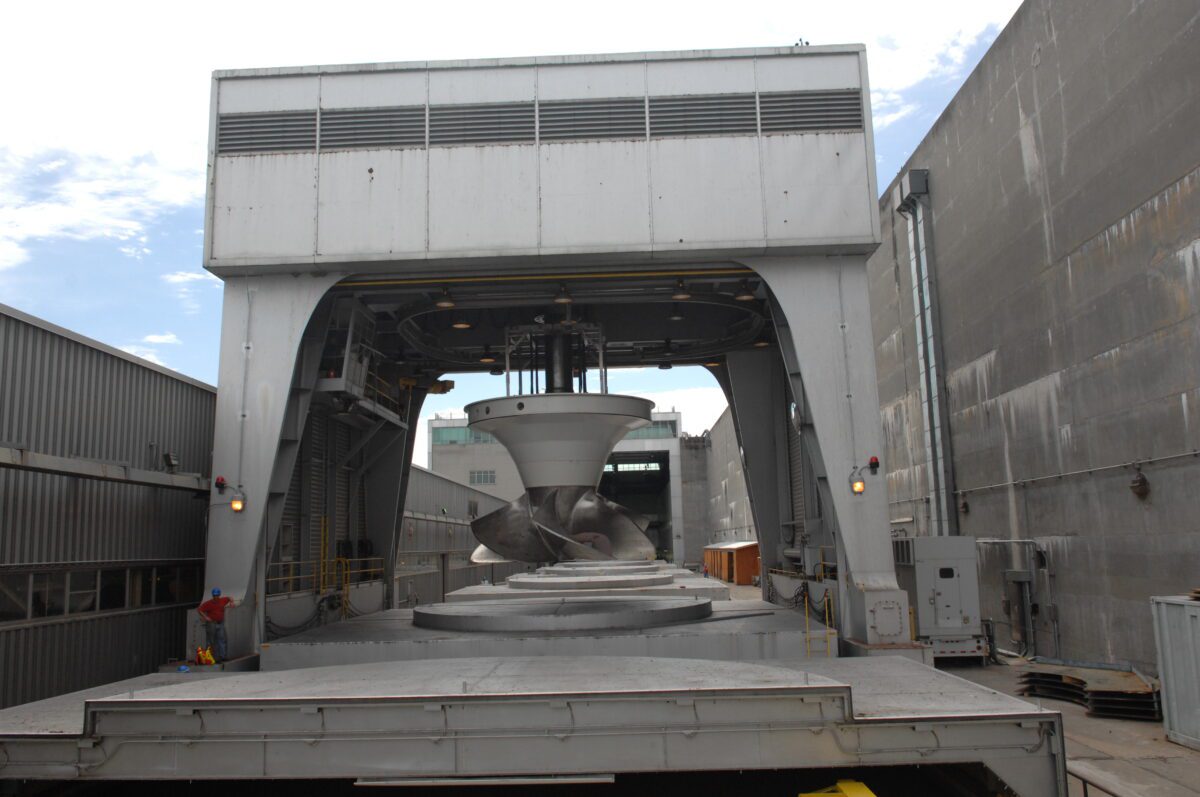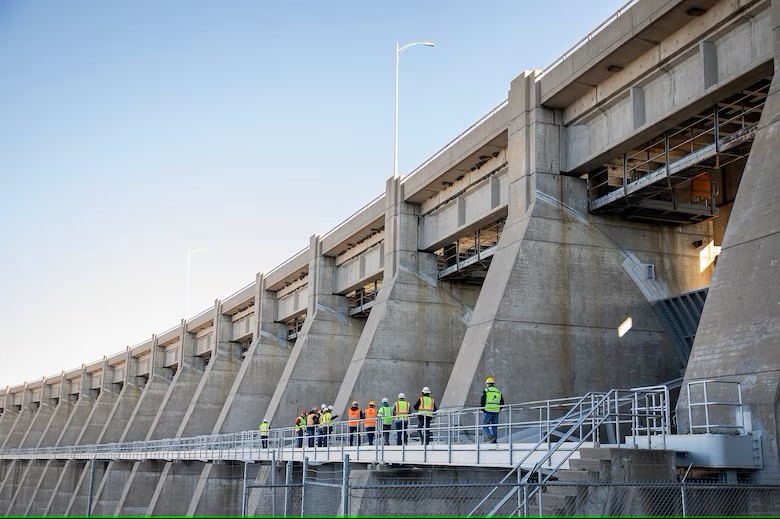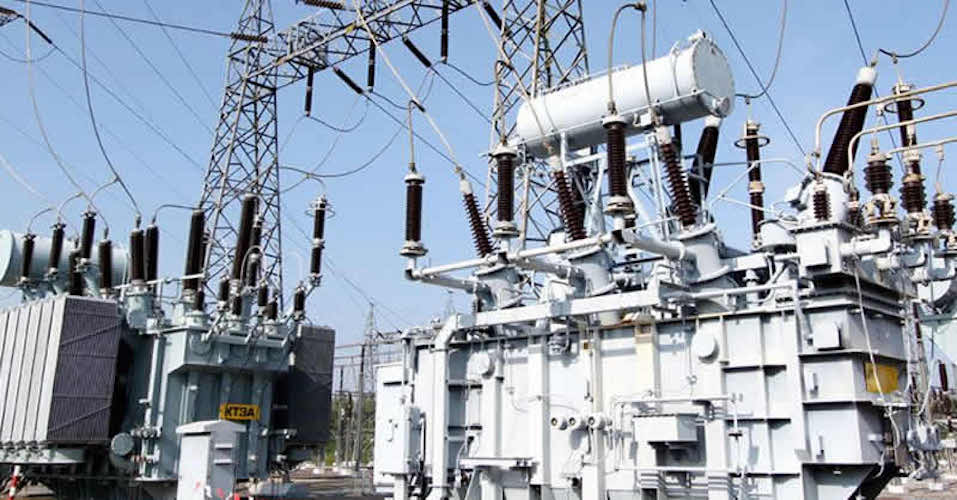
The federal government yesterday said that the entire 40mw Kashimbilla hydropower plant in Taraba state will in the next six months begin full evacuation, distinct from the 10mw it’s currently supplying to the national grid.
When this is done, the government said the grid would get a major boost with the addition of 30 megawatts from the power plant.
The new addition, a statement in Abuja from Bolaji Tunji, spokesman to the Minister of Power, Adebayo Adelabu, said, is expected to facilitate the development of Small and Medium Enterprises (SMEs) in Taraba and Benue states.
Surrounding communities in Taraba State, especially those displaced by the Dam construction, it stressed, are already benefitting from the 10mw currently being distributed directly from the 40mw capacity plant.
Speaking during an inspection tour of the plant in Taraba as well as the 56km, 132KV transmission line from Yandev to Makurdi in Benue state, Adelabu said the Kashimbilla power plant with its “state-of-the-art” technology which includes an automated tracking and monitoring system or SCADA, is now working effectively.
Adelabu who also visited the 132/33KV substation in Amua, Gboko Local government area, Benue state revealed that the four turbines installed in Kashimbilla power plant were working perfectly and generating 100 per cent of the installed capacity.
The power plant, he said, has an installed capacity of 40mw, but noted that only 10mw is presently being evacuated.
Adelabu said: “This inspection visit is to ensure accelerated completion of the facilities in order to ensure the remaining 30mw is evacuated. We have begun the process and we have the assurance of the contractors that this would be completed within the next six months to one year.”
Speaking further, the minister said once the evacuation infrastructure is completed, the four turbines would evacuate the 40mw effectively.
“The moment we are done with the evacuation infrastructure, the stranded 30mw will be evacuated, the entire four turbines will be working at full capacity of 10mw each to make 40mw and this will increase the generation capacity that will be evacuated into the national grid,” he added.
Expressing displeasure that 30mw is stranded, the minister said it is not economically good for the country, hence the need to ensure the accelerated completion of the evacuation infrastructure.
Adelabu further stated that more effort was being geared towards improving power generating capacity across the power plants.
“We will also work on strengthening and expanding the capacity of the transmission grid so that as more power is generated, they can actually be wheeled to the grid.
“We are working on the infrastructure so that the Distribution Companies (Discos) have enough to distribute to electricity consumers,” the minister noted.
The phase one of the Kashimbilla project which is in two phases, he said, is 100 per cent complete, including 2x60MVA substations in Takumand Wukari Local government areas and 2×7.5MVA substation in Donga local government area, Taraba State.
The phase two includes the construction of the 56km transmission lines, construction of 132/33KVA substation in Yandev, Benue state where the generated power will be wheeled to the national grid.
It also includes the 330KVA substation in Makurdi, construction of 2 x 60MVA substation in Ugba in Benue State, plus the associated switching stations in Zaki Biam, Anyii and Buruku in Benue state.
Also speaking, the Managing Director of Transmission Company of Nigeria (TCN), Sule Abdulazeez, said that efforts were in top gear to make sure that the 132KV transmission line from Yandev to Apir in Markudi, is completed.
“By the time that transmission line is ready, we can evacuate all the power from the Kashimbilla plant,” he said.
Speaking on the 2nd phase of the evacuation, the Director, Renewable and Rural Access Department, Abubarka Ali-Dapshima said that the scope of the 2nd phase is to evacuate the 40mw completely to the grid.
“The beautiful thing about this project is that it is a renewable energy project which has the ability to mitigate the issues of climate change, ” he said.
Meanwhile, the TCN has announced that there had been a gradual decrease in available generation into the grid due to gas constraints to the thermal generating companies.
A statement by its General Manager, Public Affairs, Ndidi Mbah yesterday, said this has impacted the quantum of bulk power available on the transmission grid for onward transmission to the distribution load centres nationwide.
“TCN is doing everything possible in collaboration with stakeholders in the power sector to ensure that it continues to keep the grid intact in spite of the current low power generated into the system .
“Consequent upon the current load on the grid, load distributed to the distribution load centres have also reduced, as TCN can only transmit what is generated.
“TCN is committed to ensuring a gradual increase in electricity supply to load centres as gas improves to power available thermal plants.
“Please bear with us as we continue to work with the stakeholders in the value chain to ensure that supply through distribution companies to electricity consumers nationwide improves,” it stated.
